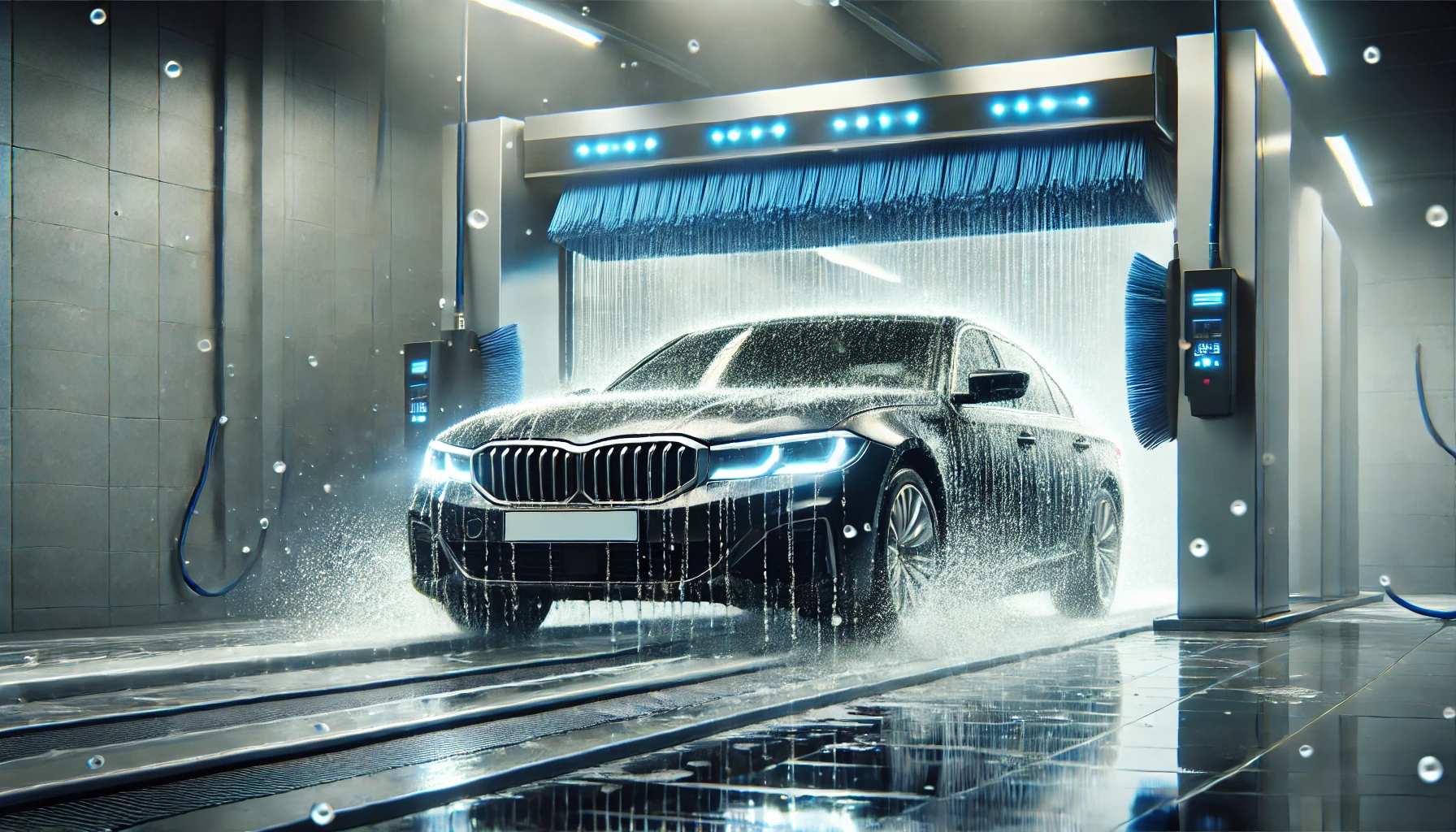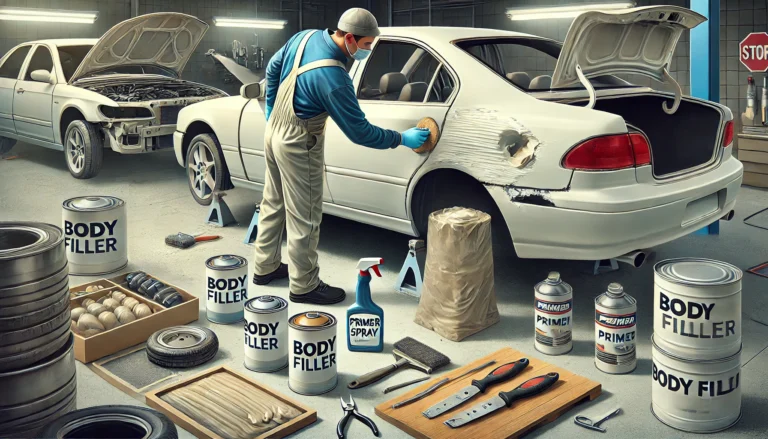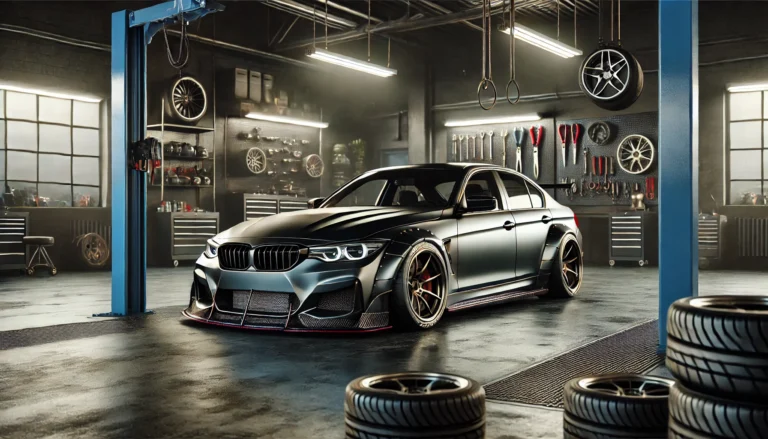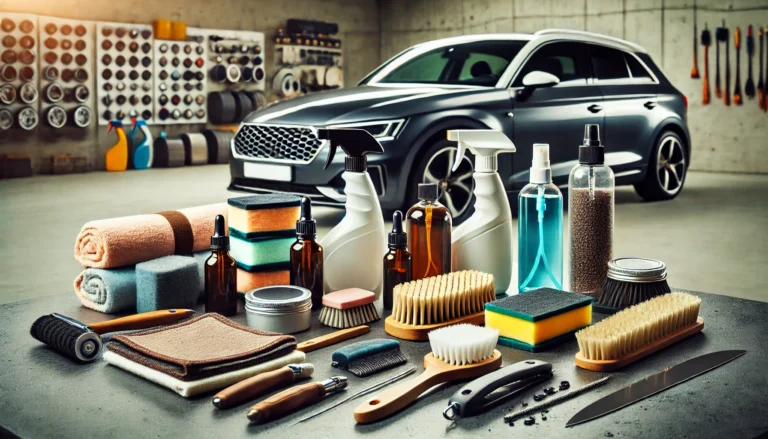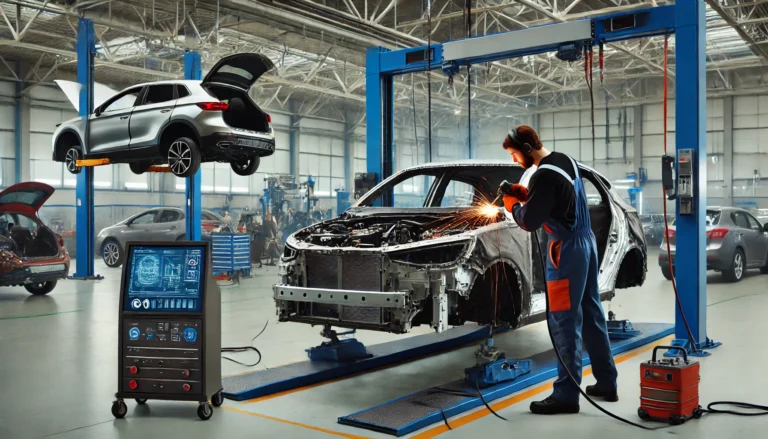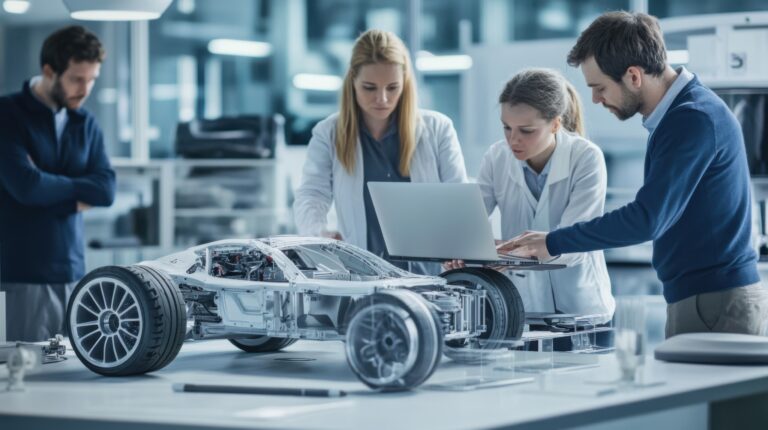Introduction to Modern Car Wash Methods
Keeping your vehicle clean isn’t just about aesthetics—it’s essential for maintaining its paint finish, preventing damage, and ensuring a longer lifespan. Over time, dirt and grime accumulate on the car’s surface, leading to potential scratches and dullness. That’s why regular car washes are crucial. Gone are the days when hand washing was the only way to keep a car spotless. With modern technology, brushless and touchless car washes have become increasingly popular.
These methods eliminate direct friction by using high-pressure water, chemical soaps, and foam to remove dirt without damaging the car’s paint. But how do these methods compare? Are they safe for your car’s appearance? And most importantly, which one is the best choice for you? Let’s dive deep into the world of brushless and touchless car washes.
What is a Brushless Car Wash?
A brushless car wash is a type of automatic car wash that doesn’t use traditional rotating brushes or bristle materials. Instead, it relies on cloth strips or soft materials to gently wipe the car’s exterior, combined with high-pressure water and chemical solutions.
How Does a Brushless Car Wash Work?
- The vehicle enters the tunnel of an automatic car wash.
- A pre-soak of foam and soaps is applied to loosen dirt and grime.
- Soft cloth strips move over the car’s surface to clean it without causing swirl marks.
- A final rinse with high-pressure water removes any remaining debris.
- Additional services like wax or sealant may be applied for extra shine and protection.
Pros and Cons of a Brushless Car Wash
Pros:
- Less abrasive than traditional bristle car washes
- Reduces the chance of damaging the paint
- Efficient for removing dirt and grime
- Often includes additional detailing services like wax and vacuum
Cons:
- Still involves some friction, which may cause minor scratches over time
- May not be as effective at removing stubborn dirt as hand washing
- Some automatic car wash locations may use outdated equipment
What is a Touchless Car Wash?
A touchless car wash takes friction-free washing to the next level. As the name suggests, no brushes, cloth strips, or bristles touch the car’s exterior. Instead, it relies solely on high-pressure water, foam, and specialized chemical soaps to remove dirt and grime.
How Does a Touchless Car Wash Work?
- The car enters an automatic car wash bay or drive-thru system.
- A pre-soak of chemical cleaning agents is applied to break down grime.
- High-pressure water jets blast away dirt and debris.
- A final rinse ensures a spotless finish.
- Some touchless car washes offer additional wax or sealant treatments for extra protection.
Pros and Cons of a Touchless Car Wash
Pros:
- No friction, reducing the risk of scratches and swirl marks
- Less chance of damaging the paint
- Ideal for car owners who want a scratch-free wash
- Works well for vehicles with delicate paint finishes, like a Tesla
Cons:
- Touchless washing may not fully remove heavy dirt and grime
- Chemical soaps can be harsh on older paint finishes if used too frequently
- May not be as effective as hand washing or brushless car washes in deep cleaning
Brushless vs. Touchless Car Wash – Key Differences
When deciding between a brushless and touchless car wash, it’s essential to understand their key differences.
| Feature | Brushless Car Wash | Touchless Car Wash |
|---|---|---|
| Cleaning Method | Uses cloth strips and high-pressure water | Uses only water, foam, and chemicals |
| Risk of Scratches | Low, but friction still exists | Very low, as nothing touches the car’s surface |
| Cleaning Effectiveness | Better at removing dirt and grime | May struggle with heavy debris |
| Paint Safety | Safe, but slight friction may cause minor issues over time | Safest for delicate paint finishes |
| Best for | Those who want deep cleaning without hard brushes | Owners of luxury cars or those concerned about paint damage |
Both methods have their strengths, but if minimizing the chance of damaging the paint is your top priority, a touchless car wash is the safest bet.
How Safe are Brushless and Touchless Car Washes for Your Vehicle?
One of the biggest concerns for car owners is whether automatic car washes cause damage. While both brushless and touchless car washes are designed to be safe, certain factors can affect their impact on your car’s surface.
Are These Methods Truly Non-Abrasive?
- Brushless car washes use soft cloths, which are less abrasive than traditional bristle brushes, but they still create friction.
- Touchless car washes eliminate friction entirely, making them safer for the paint finish.
What About Swirl Marks and Scratches?
- Both methods significantly reduce the risk of swirl marks and scratches.
- However, if a brushless car wash does not properly clean its cloth strips, they can hold dirt and cause minor scratches.
Effect on Car’s Paint Finish
- Chemical soaps in touchless washing are powerful but can be harsh if overused.
- Regular waxing or sealant application helps maintain the paint finish after using touchless car washes.
The Role of High-Pressure Water in Cleaning Efficiency
One of the key elements of both brushless and touchless car washes is high-pressure water. This advanced technology helps remove dirt and grime effectively.
Does High-Pressure Water Replace Friction-Based Cleaning?
- Yes and no—it’s highly effective at loosening dirt, but it may not fully remove stubborn grime without additional detailing services.
- For the best results, many wash locations offer wax and sealant treatments to keep your vehicle looking spotless.
Car Wash Soaps and Chemicals Used in Touchless Methods
A touchless car wash relies heavily on chemical soaps and foam to break down dirt and grime without any physical contact. Since there are no brushes or cloth strips, these cleaning agents must be powerful enough to dissolve road debris, grease, and dust on their own.
How Do Touchless Car Wash Soaps Work?
- Pre-soak Phase – The vehicle is sprayed with a blend of soaps and chemicals designed to loosen dirt.
- Foam Application – A layer of foam covers the car’s surface, ensuring deeper penetration.
- Dirt Breakdown – The chemical reaction helps dissolve tough grime and debris.
- High-Pressure Rinse – High-pressure water washes away the dissolved dirt, leaving a spotless finish.
Are These Chemicals Safe for a Car’s Paint?
The effectiveness of chemical soaps in a touchless car wash is undeniable, but are they completely safe for the paint finish?
Yes, when used in moderation, these solutions won’t damage the paint.
However, excessive use can strip away wax or sealant, making the car’s surface more vulnerable to dirt accumulation.
Do Touchless Methods Require Additional Protection?
To keep your vehicle looking showroom ready, many car owners apply a wax or sealant after a touchless car wash. This adds a protective layer that enhances the car’s appearance while preventing dirt from settling too quickly.
Automatic Car Wash vs. Hand Washing – Which is Better?
A major debate among car owners is whether automatic car washes or hand washing is the superior method. Let’s break it down.
Hand Washing – The Traditional Method
Pros:
- Allows for detailed cleaning
- Reduces reliance on chemicals
- Can target hard-to-reach dirt
Cons:
- Time-consuming
- Requires special cloth and soaps to avoid scratches
- Uses more water
Automatic Car Wash – The Modern Alternative
Pros:
- Faster and more convenient
- Uses high-pressure water to remove grime
- Some locations offer advanced detailing services
Cons:
- Some brush-based washes may scratch the car’s surface
- Chemical-heavy solutions can damage the paint over time
Which One Should You Choose?
- If you want to keep your car’s appearance in top condition, a touchless car wash is the safest bet.
- If deep cleaning is needed, a brushless car wash with additional detailing services is a great choice.
- If time isn’t a concern, hand washing ensures precise care.
Brushless and Touchless Car Wash Pros and Cons
Both brushless and touchless car washes have their benefits and drawbacks.
Pros of Brushless Car Washes
More effective at removing grime than touchless methods
Can include wax, sealant, and vacuum services
Safer than traditional bristle-based automatic car washes
Cons of Brushless Car Washes
Cloth strips still introduce friction
Not as scratch-free as a touchless car wash
Pros of Touchless Car Washes
Eliminates swirl marks and scratches
Uses high-pressure water instead of brushes
Reduces the chance of damaging the paint finish
Cons of Touchless Car Washes
May not remove stubborn dirt as effectively
Chemical soaps may strip away wax
How to Find the Best Touchless Car Wash Locations Near You
When searching for a touchless car wash near you, consider the following factors:
1. Equipment and Technology
- Look for locations that offer advanced high-pressure water systems.
- Ensure they use non-abrasive soaps that are safe for your car’s paint.
2. Additional Services
- Some wash locations provide wax, sealant, and detailing services.
- A good auto wash should also include vacuum and undercarriage cleaning.
3. Customer Reviews
- Check online ratings to see how well they get the job done.
- Avoid locations with complaints about paint damage or swirl marks.
4. Availability of Self-Service Options
- If you prefer DIY, some locations offer self-service bays where you can control the high-pressure jets.
Car Wash Services – More Than Just Washing
A quality car wash provides more than just cleaning—it can enhance your car’s appearance and paint finish.
Common Additional Services
Wax or Sealant – Protects the paint and enhances shine
Vacuum & Interior Cleaning – Keeps your car’s inside spotless
Undercarriage Wash – Removes debris and grime from beneath the vehicle
Detailing Services – Includes clay bar treatments, polishing, and ceramic coatings
Does a Touchless Car Wash Remove All Dirt and Grime?
While a touchless car wash is excellent at removing dirt, it may not completely eliminate all grime.
Why?
- Heavy debris might require manual scrubbing.
- Chemical soaps work well, but stubborn dirt may need additional treatment.
- Some car owners use touchless washing as a pre-wash before hand washing.
For best results, many locations offer follow-up wax or sealant applications to enhance shine and protection.
Myths and Misconceptions About Brushless and Touchless Car Washes
Myth: Touchless washes don’t clean effectively.
Truth: They use high-pressure water and soaps designed to break down grime.
Myth: Brushless car washes never cause scratches.
Truth: While safer than bristle-based washes, improper maintenance of cloth strips can still cause swirl marks.
Myth: Automated car washes always damage the paint.
Truth: Only outdated bristle washes pose a risk; touchless and brushless options are safe.
Final Verdict – Are Brushless Car Washes Better?
If deep cleaning is a priority, a brushless car wash is ideal. However, if you want to minimize the chance of damaging your paint, a touchless car wash is the best option.
When to Choose Each Type:
Choose a brushless car wash if you want more thorough cleaning but don’t mind some friction.
Choose a touchless car wash if you own a luxury vehicle (like a Tesla) and want zero contact.
Both options help keep your vehicle kept clean while protecting the paint finish.
Conclusion
Regular car washes are essential for maintaining a vehicle’s paint finish and appearance. While hand washing offers precision, brushless and touchless car washes provide safe, effective, and convenient alternatives.
Whether you choose a brushless or touchless car wash, ensure you find a location that uses high-quality soaps, high-pressure water, and proper equipment.
FAQs
Do brushless car washes really prevent scratches?
Yes, but cloth strips can still cause minor swirl marks over time.
Can touchless car washes remove all grime?
They work well but may struggle with heavy debris.
What’s the best type of car wash for a Tesla?
A touchless car wash is safest for delicate paint finishes.
How often should you use a touchless car wash?
Once every 1-2 weeks to keep your car’s exterior in top condition.
Are automatic car washes safe for every vehicle?
Yes, as long as they are brushless or touchless.
